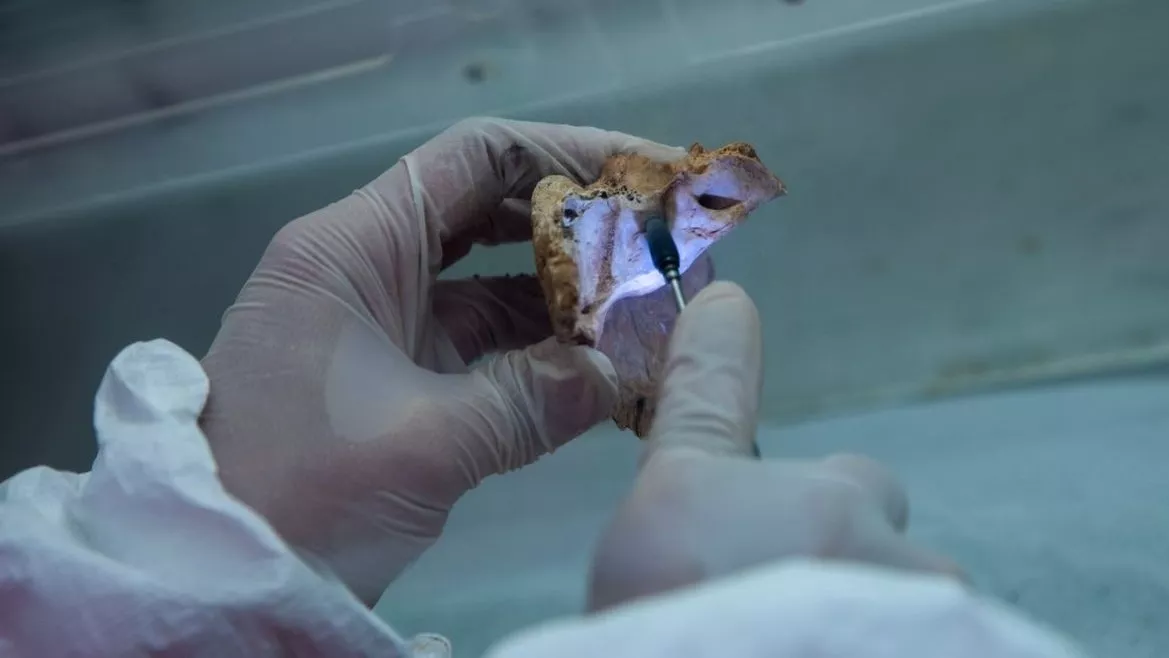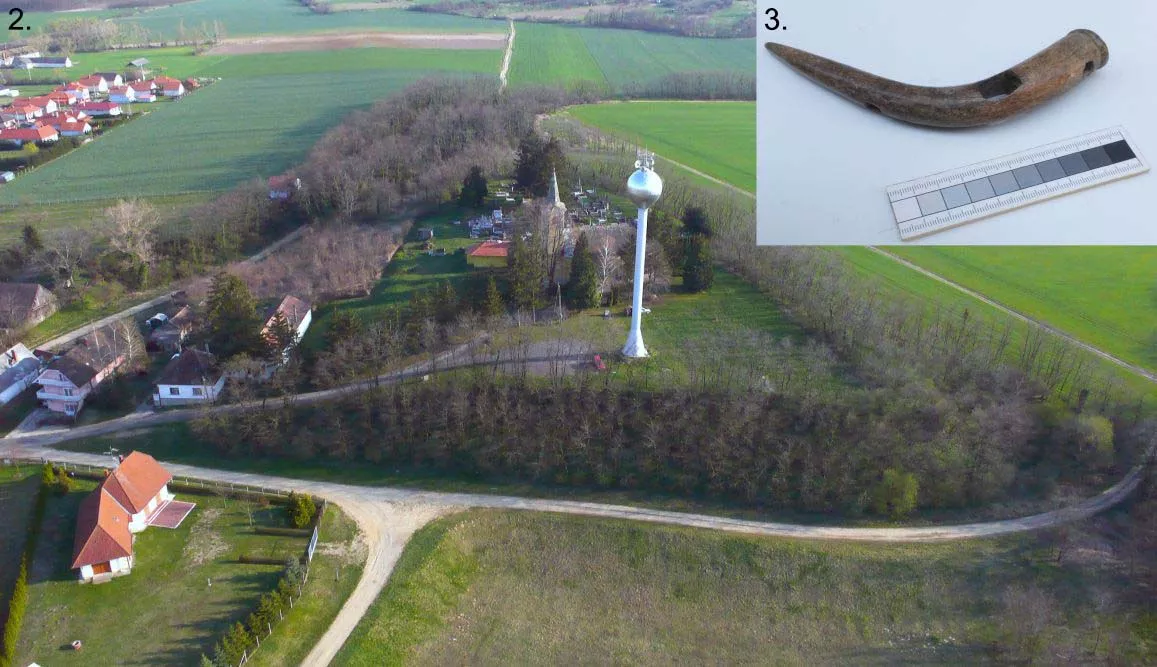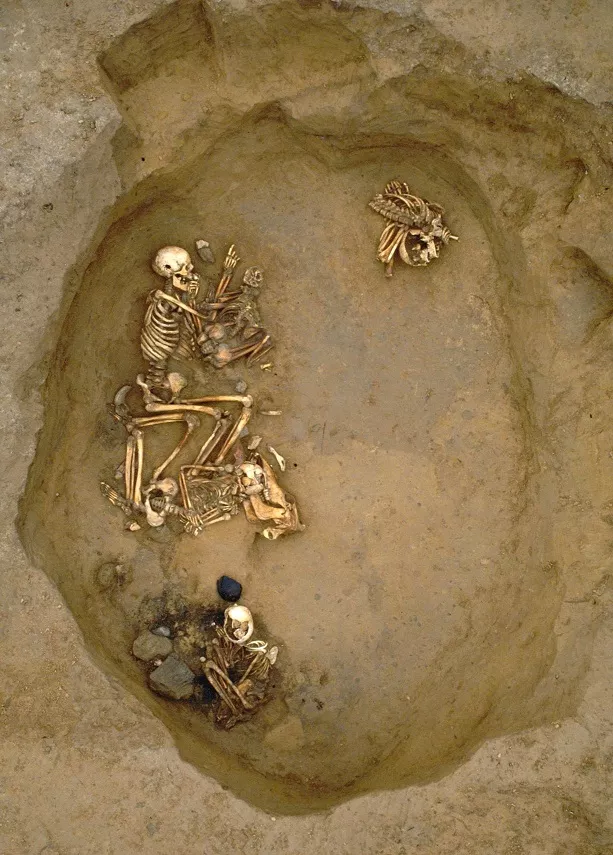Scholars from the Institute of Archaeogenomics and Archaeology of Eötvös Loránd University (ELTE) and the ELKH Research Centre for the Humanities (BTK) have participated in a large-scale archaeogenetic program, carried out under a broad international collaboration, where over the past few years researchers have successfully analyzed the genomes of nearly 800 prehistoric human individuals. The project aimed to map the migrations of people to the British Isles in the second half of the Bronze Age (1300-800 BC). The results of the study was published in Nature on December 22, 2021. The project was coordinated by Anna Szécsényi-Nagy, head of the Institute of Archaeogenomics and Tamás Hajdu, associate professor at the Department of Anthropology, Faculty of Social Sciences, ELTE, and assistant museologist at the Anthropology Repository of the Hungarian Museum of Natural History (MTM).
In order to better understand Europe's Bronze Age and Iron Age population processes, the researchers examined DNA samples from several regions of the European continent, including Hungary. The findings suggest that the wave of settlement that reached the British Isles in the Late Bronze Age may have formed the basis of the later Iron Age populations in the area and may have been linked to the spread of Celtic languages. The Central European finds have been essential comparative material in this series of studies, and the data collected from their analysis will also serve as a basis for future research into the Iron Age ethnohistory of the Hungarian region.

The research team, led by scientists from the University of York, Harvard Medical School and the University of Vienna, found that in the second half of the Bronze Age, the genome of early farmers in Europe since the Neolithic period reasserted itself and became dominant in present-day England. This result suggests that nearly half of the population of southern England was replaced during the Bronze Age period under study. However, the process was not the result of a single and massive migration, but probably took place through small-scale resettlements and marriages that accompanied trade relations with communities living in present-day France. At the same time, the genome of the Late Bronze Age populations of Central and Western Europe that can be traced back to farmers also became more unified, so that their genetic make-up was more similar than in previous periods.

By this time in the Bronze Age, extensive trade routes already covered much of Europe, allowing bronze tools and the raw materials needed to make them to be transported over long distances. New evidence suggests that these trade links may have led to significant population mixing in some cases, which influenced the composition of Europe's later populations in decisive ways.
Unlike the Bronze Age samples, genetic analysis of the hereditary material of Iron Age communities has not uncovered any evidence of major migrations. This suggests that groups speaking Celtic languages arrived in the British Isles earlier, during the Bronze Age.

The archaeological and anthropological background research carried out in the framework of the project was carried out in Hungary in cooperation with an extensive collection and research network, in which, in addition to the researchers of BTK and ELTE, and scholars from the University of Szeged, Ásatárs Kft.,while several Hungarian museums and independent researchers also participated.